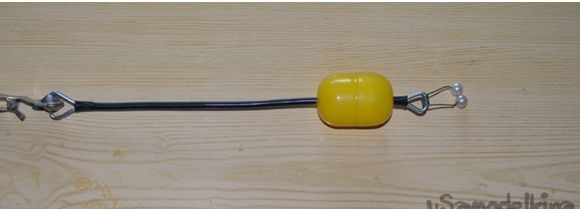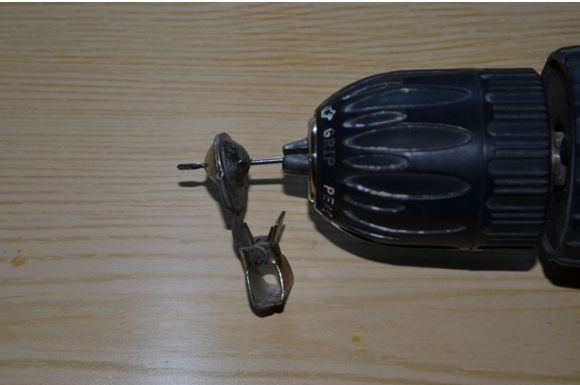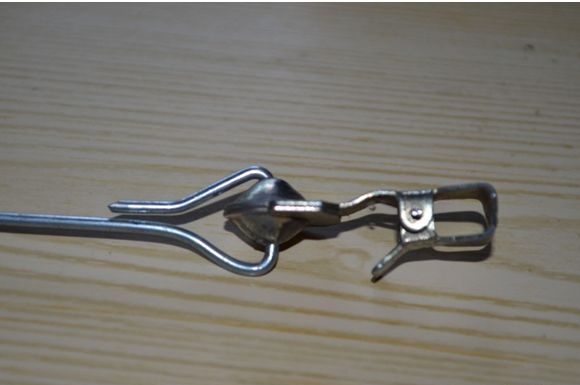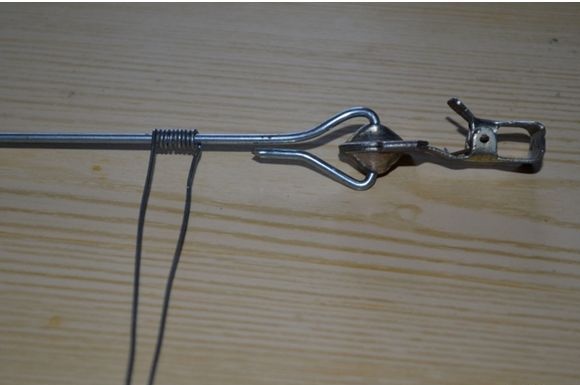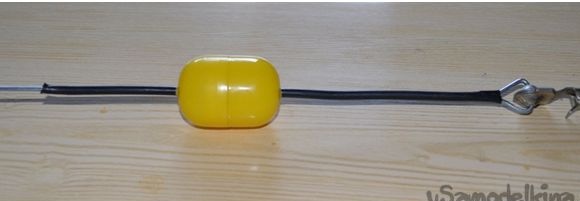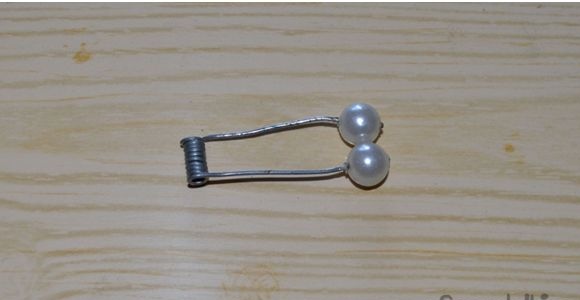Fishing is one of the most beloved activities of men. For some reason, men are ready even at three in the morning to undermine and go out of town to fish. The fact that fishing is an exclusively male occupation is just a silly stereotype. Many girls, women just love to sit on the lake with a fishing rod. And by the way, many women get fish much better than men. Sitting in a quiet secluded place where there is no noise and fuss is probably the cherished desire of many city dwellers. Well, if you also manage to catch a fish, then this is also time spent with benefit, because you can cook a huge number of dishes from the fish to the table.
There are many ways to fish - using a conventional fishing rod, spinning, donka. In order for the fisherman not to miss the moment when the fish caught on the hook, many fishing enthusiasts use various bite signaling devices. This device will react in time to the fish caught on the hook, and will signal the fisherman that it is time to get the prey.
Bite alarms can be purchased at specialized fishery stores. However, in order not to waste money again, and to save time on searching and choosing the right bite signaling device, this product can be made at home do it yourself. And this does not require much effort and time. Everything is done quite quickly and simply.
Before you begin to make a bite alarm, you must prepare the following fixtures:
- Wire (diameter up to 2 mm)
- Cambric (it will be necessary to fold the folded into two wires into it)
- A ball of large diameter (an oval-shaped case from the kinder surprise for children is perfect)
- Large bead
- Clothespins from old baguette
- Pliers, drill, nippers, drills
At the very beginning of work, it is necessary to use a drill to drill a hole in the clothespin. The diameter of the hole must match the thickness of the wire. The wire should pass freely into the resulting hole, but the clothespin should not hang on the wire.
Insert the wire into the hole and bend it.
On the resulting structure, you need to tightly wind the steel wire. The approximate number of turns is 12. After winding the wire, it must be removed, but carefully so that the turns are preserved.
Next, on the main wire with a clothespin, you need to put on cambric. And after the cambric we put on a wire a ball from a children's kinder surprise. First, you need to drill a hole in it so that you can stretch through the wire.
Now we lay the resulting design aside and take a wire with 12 turns. The ends of the wire need to be cut, but make it so that they are 2 cm above the ball. Beads must be put on both ends (to do this, the ends should be heated with a lighter).
At the end of the work, the two resulting structures must be combined into one original product. And now, the bite alarm is ready. When installing it, the clothespin must be attached to the rack, and the beads to the main fishing line.

